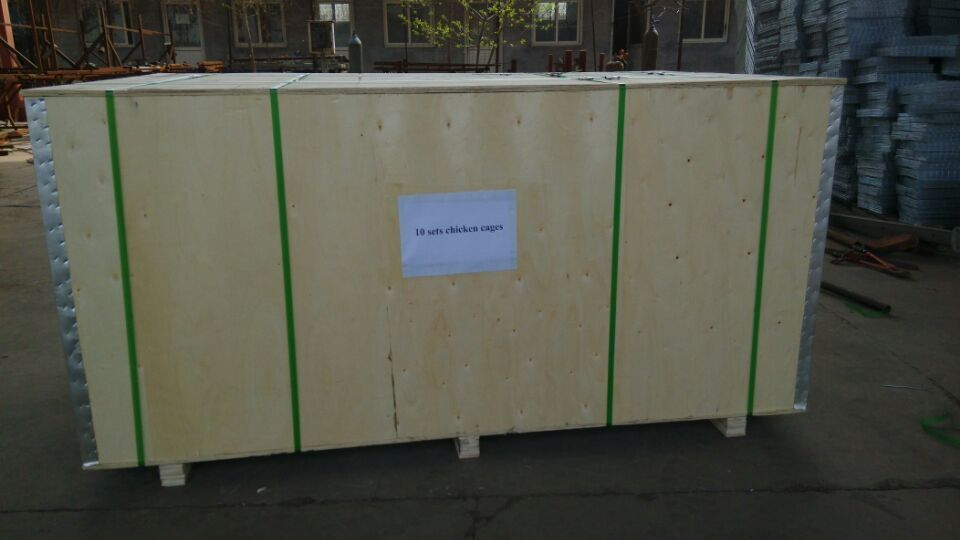vacuum packaging machines
Oct . 07, 2024 02:40 Back to list
vacuum packaging machines
The Importance of Vacuum Packaging Machines in Modern Food Preservation
In today’s fast-paced world, where convenience is key and food waste is a significant concern, vacuum packaging machines have emerged as a paramount solution for food preservation. These machines employ cutting-edge technology to extend the shelf life of various food products while maintaining their freshness, flavor, and nutritional value. This article delves into the workings, benefits, and applications of vacuum packaging machines, highlighting their essential role in food processing and storage.
How Vacuum Packaging Machines Work
Vacuum packaging machines operate by removing air from a specially designed plastic pouch containing the food. The process involves placing the food product in the bag and sealing it tightly. Once the machine is activated, it first removes the air within the bag, creating a vacuum. Following this, the machine seals the bag tightly to ensure that no air can re-enter. This process significantly reduces the presence of oxygen, which is a key contributor to food spoilage, making it harder for bacteria and mold to grow.
There are various types of vacuum packaging machines, ranging from compact home models suitable for everyday use to larger industrial machines designed for commercial applications. While some machines are manual, requiring users to initiate each process, others are automatic and can handle multiple pouches in a single operation, enhancing efficiency for businesses.
Benefits of Vacuum Packaging
1. Extended Shelf Life One of the most significant advantages of vacuum packaging is that it greatly extends the shelf life of food products. By eliminating air, the risk of oxidation is minimized, meaning that foods can be stored safely for longer periods without spoilage.
2. Preservation of Flavor and Nutritional Value Vacuum packaging maintains the original flavor and nutritional profile of food. Without exposure to air, foods retain their taste and nutrients much longer than with traditional packaging methods.
vacuum packaging machines

3. Cost-Effective For businesses, utilizing vacuum packaging machines can reduce costs associated with food waste. With longer shelf lives, companies can minimize losses due to spoilage and sell more products before they degrade.
4. Space Efficiency Vacuum-sealed bags take up less space compared to traditional packaging. This ease of stacking and compact storage can be especially beneficial in both retail environments and home kitchens.
5. Protection from Contaminants The airtight seal provided by vacuum packaging protects food from dirt, moisture, and pests. This is particularly vital for dry goods that are sensitive to humidity and other environmental factors.
Applications of Vacuum Packaging Machines
Vacuum packaging machines are versatile and find applications across various sectors. In the food industry, they are widely used for packaging meat, poultry, seafood, cheeses, and vegetables, among others. They are also utilized in the storage of dry foods, such as grains, nuts, and snacks.
Beyond the food sector, vacuum packaging technology has applications in other industries. For instance, it is used in medical and pharmaceutical sectors to package sterile medical devices and medications, ensuring they remain uncontaminated until use. Additionally, vacuum packaging machines are employed in various manufacturing processes for products that require protection from moisture and air.
Conclusion
In summary, vacuum packaging machines play an integral role in modern food preservation and storage. Their ability to extend shelf life, maintain flavor and nutrition, and provide protection against external factors make them indispensable in both commercial and home settings. As the global push towards sustainability and reducing food waste continues, the importance of vacuum packaging machinery is likely to grow, leading to innovations that will further enhance its effectiveness and efficiency. Whether for a small household or a large-scale food processing operation, vacuum packaging machines offer a reliable solution to meet the growing demands of consumers and businesses alike.
-
Hot Sale 24 & 18 Door Rabbit Cages - Premium Breeding Solutions
NewsJul.25,2025
-
Automatic Feeding Line System Pan Feeder Nipple Drinker - Anping County Yize Metal Products Co., Ltd.
NewsJul.21,2025
-
Automatic Feeding Line System Pan Feeder Nipple Drinker - Anping County Yize Metal Products Co., Ltd.
NewsJul.21,2025
-
Automatic Feeding Line System - Anping Yize | Precision & Nipple
NewsJul.21,2025
-
Automatic Feeding Line System - Anping Yize | Precision & Nipple
NewsJul.21,2025
-
Automatic Feeding Line System-Anping County Yize Metal Products Co., Ltd.|Efficient Feed Distribution&Customized Animal Farming Solutions
NewsJul.21,2025






